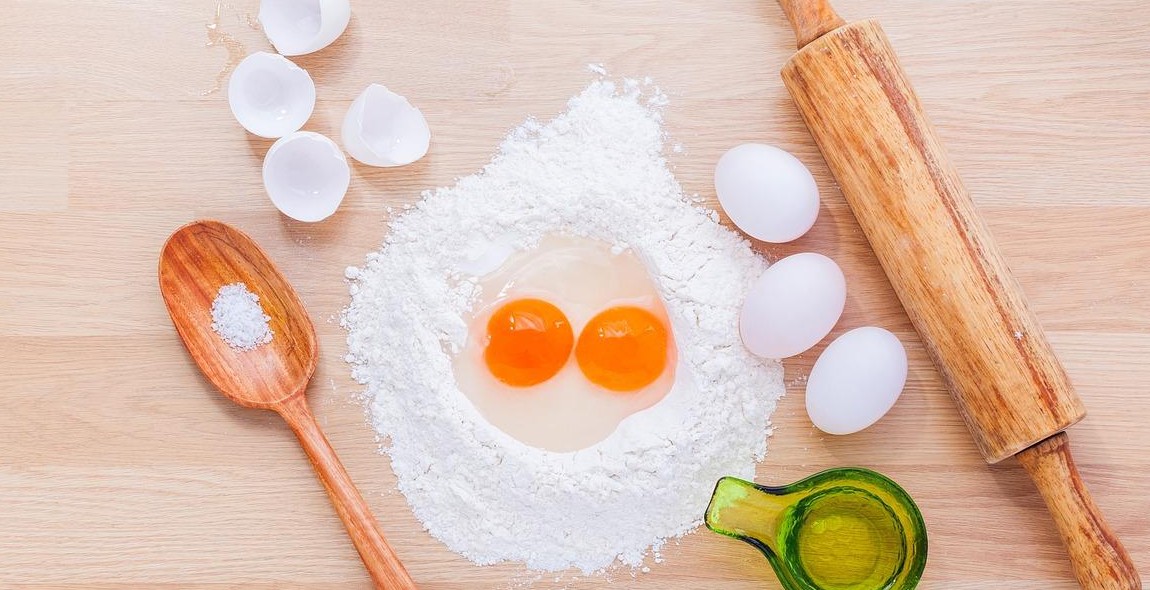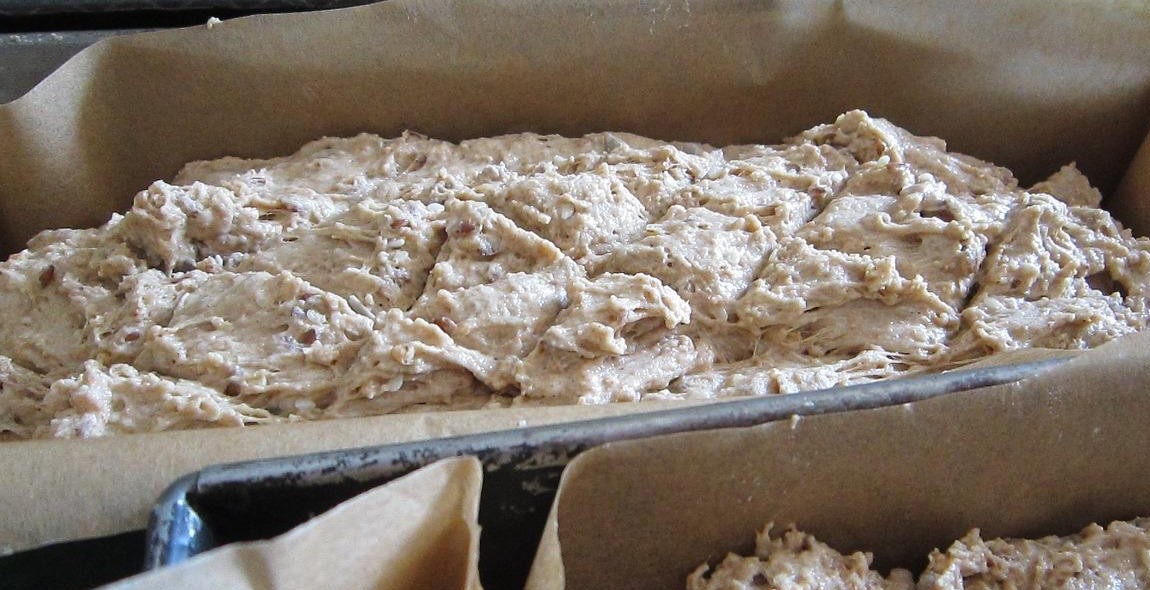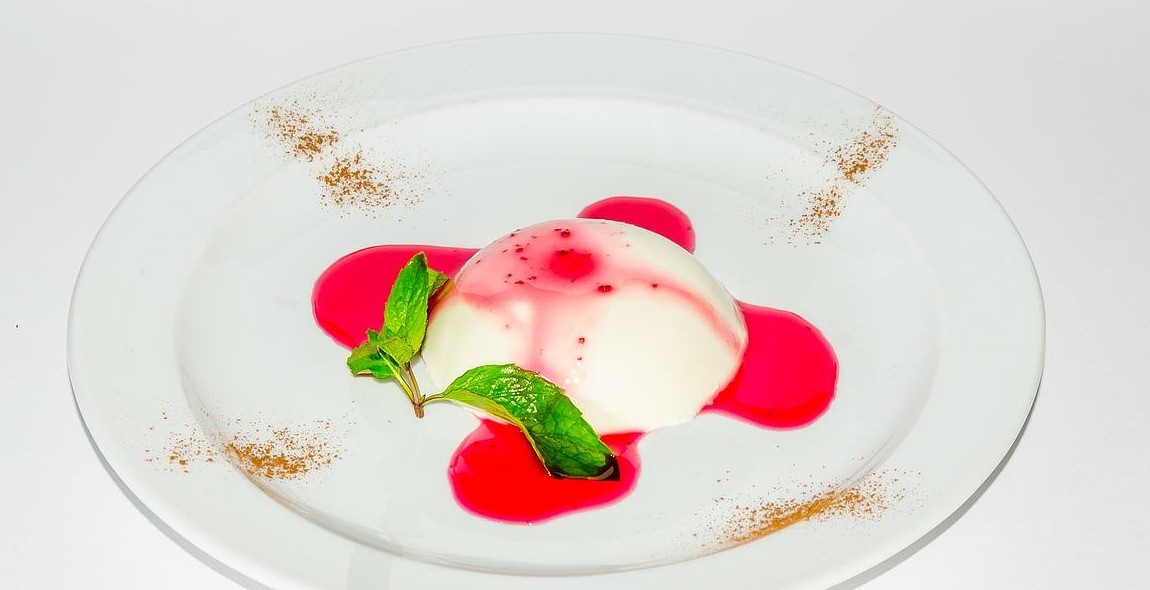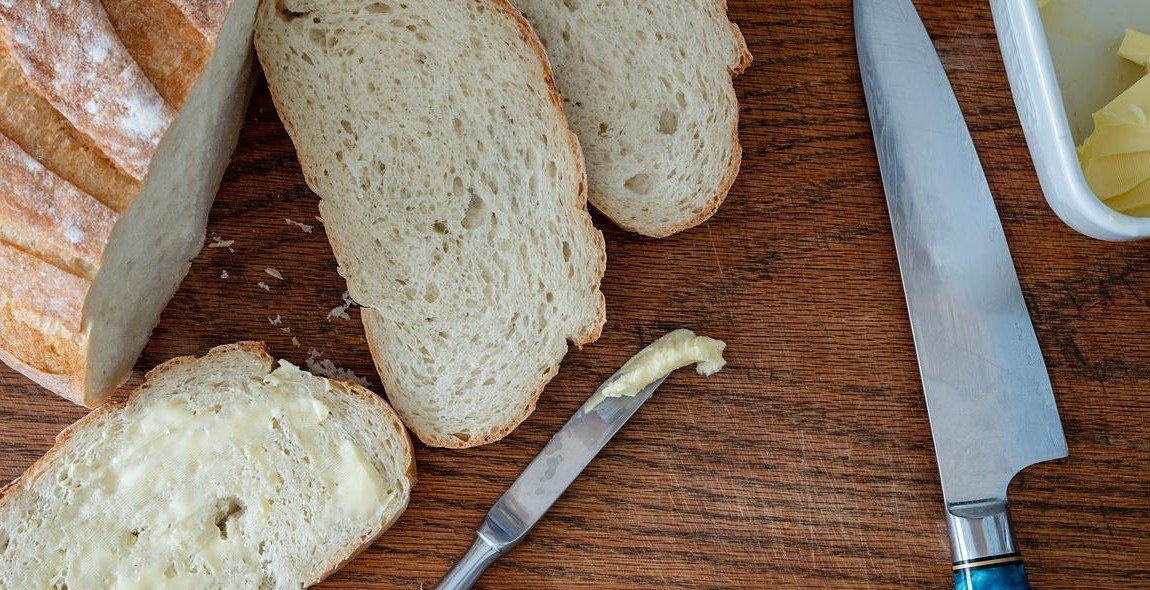How to Make Artisanal Bread: Techniques for Baking Rustic and Flavorful Bread
Bread is a staple food that has been enjoyed by humans for thousands of years. There’s nothing quite like the smell of freshly baked bread wafting through the house, and the taste of a warm slice slathered in butter is hard to beat. Artisanal bread, in particular, has become increasingly popular in recent years for its rustic texture and deep flavor.
However, making artisanal bread is not as simple as throwing a few ingredients together and popping them in the oven. It requires patience, attention to detail, and a deep understanding of the bread-making process. In this article, I will share my personal experience and techniques for making artisanal bread that is both rustic and flavorful.
The Importance of Quality Ingredients
The first step in making artisanal bread is to use high-quality ingredients. This includes flour, yeast, salt, and water. Using organic or locally sourced ingredients can also add depth and complexity to the flavor of the bread.
Techniques for Kneading and Shaping Dough
The way you knead and shape your dough can greatly impact the final product. I will share my techniques for achieving the perfect texture and shape for your artisanal bread.
Baking Methods for Artisanal Bread
The baking process is where the magic happens. I will share tips and tricks for achieving a crispy crust and soft, chewy interior.
Whether you’re a seasoned baker or just starting out, this article will provide you with the knowledge and techniques to create delicious artisanal bread in your own kitchen.

Why Artisanal Bread?
Artisanal bread is more than just bread – it’s an experience. The taste, texture, and aroma of artisanal bread are unique and cannot be replicated by commercial bread. The key difference is in the way it is made. Artisanal bread is made using traditional techniques that have been passed down for generations, using simple, high-quality ingredients. The result is a rustic and flavorful bread that is unlike anything else.
The Taste of Artisanal Bread
Artisanal bread has a distinct taste that is hard to describe. It is a combination of the natural sweetness of the flour, the tanginess of the sourdough, and the nuttiness of the crust. The taste is enhanced by the slow fermentation process, which allows the flavors to develop over time. The result is a bread that is rich, complex, and satisfying.
The Nutritional Benefits of Artisanal Bread
Artisanal bread is not only delicious but also nutritious. It is made using simple, natural ingredients, without any additives or preservatives. This means that it is free from any harmful chemicals that are often found in commercial bread. Artisanal bread is also a good source of fiber and protein, which are essential for maintaining a healthy diet. The slow fermentation process also makes the bread easier to digest, making it a great option for people with sensitive stomachs.
| Taste | Nutrition |
|---|---|
| Distinct, rich, and complex | Simple, natural, and nutritious |
Overall, artisanal bread is a delicious and nutritious option for anyone who loves bread. Whether you’re a seasoned baker or just starting out, learning how to make artisanal bread is a rewarding experience that will be sure to impress your family and friends.
Ingredients and Equipment
Before starting with the bread-making process, it is essential to gather all the necessary ingredients and equipment. The following are the ingredients and equipment you need to make artisanal bread:
Ingredients:
- Flour: The main ingredient in bread-making is flour. For artisanal bread, it is recommended to use high-quality unbleached flour.
- Water: Water is another essential ingredient in bread-making. It helps to activate the yeast and hydrate the flour.
- Salt: Salt adds flavor to the bread and also helps to control the fermentation process.
- Yeast: Yeast is responsible for the rising of the bread. Use fresh or active dry yeast for best results.
Equipment:
- Mixing Bowl: A large mixing bowl is necessary to prepare the dough.
- Bread Knife: A sharp bread knife is needed to score the bread before baking, allowing it to expand properly.
- Baking Stone: A baking stone is used to create a hot and even baking surface, which helps to achieve a crispy crust.
Optional Equipment:
- Dutch Oven: A Dutch oven is an alternative to a baking stone. It creates a steamy environment that helps to achieve a crispy crust and moist crumb.
- Bread Proofing Basket: A bread proofing basket, also known as a banneton, is used to shape and proof the dough.
- Bread Lame: A bread lame is a tool used to score the bread dough before baking.
Make sure to have all the necessary ingredients and equipment before starting the bread-making process. This will make the process smoother and more enjoyable.

Preparing the Dough
Making artisanal bread requires a few simple steps, but the key is to be patient and let the dough develop its flavor. Here are the basic steps to prepare the dough:
Mixing the Ingredients
Combine the flour, yeast, and salt in a large mixing bowl. Make sure the ingredients are evenly distributed. Slowly add the water and mix until the dough comes together. The dough should be slightly sticky and not too dry. Use a wooden spoon or your hands to mix the ingredients.
Kneading the Dough
Kneading the dough is essential to develop the gluten and create a strong, elastic dough. Sprinkle some flour on a clean surface and transfer the dough onto it. Fold the dough in half and push it away from you with the heel of your hands. Turn the dough 90 degrees and repeat the process for 10 to 15 minutes, until the dough is smooth and elastic.
Letting the Dough Rise
Place the dough in a clean bowl and cover it with a damp towel. Let it rest in a warm, draft-free place for at least 1 hour, or until it doubles in size. This process is called proofing and allows the yeast to ferment and create carbon dioxide, which makes the bread rise. After the first rise, punch down the dough and shape it into a ball or a loaf. Place it on a baking sheet or a bread basket and let it rise again for another 30 minutes to 1 hour.
Following these simple steps will result in a delicious and rustic artisanal bread that will impress your family and friends.

Shaping the Dough
After the dough has risen, it’s time to shape it into the desired loaf. This step is crucial in creating a beautiful and flavorful artisanal bread. Here are some techniques for shaping the dough:
Dividing the Dough
Before shaping the dough, it needs to be divided into portions. This will depend on the size and shape of the bread you want to make. Use a bench scraper or a sharp knife to cut the dough, being careful not to deflate it too much.
If you want to make smaller bread, divide the dough into equal portions. For larger bread, divide the dough into two or three portions.
Shaping the Loaf
There are many ways to shape the dough, but the most common for artisanal bread is the round or oval shape. Here’s how to shape the loaf:
- Take one portion of the dough and shape it into a ball by pulling the edges of the dough towards the center and pinching them together.
- Place the dough ball on a floured surface and cover it with a damp cloth. Let it rest for 10-15 minutes.
- After the resting period, gently flatten the dough ball and fold the edges towards the center, creating a seam on the bottom.
- Use your hands to shape the dough into a round or oval shape, tucking the seams underneath.
- Place the shaped dough on a floured baking sheet or a proofing basket, cover it with a damp cloth, and let it rise again for 30-40 minutes.
Once the dough has risen again, it’s ready to be baked. Follow the baking instructions for your recipe, and enjoy your delicious artisanal bread!

Baking the Bread
Once your bread is shaped and ready to go, it’s time to bake it to perfection. Here are some tips for achieving that rustic and flavorful artisanal bread:
Using a Baking Stone
One of the secrets to achieving a crispy crust and soft crumb is using a baking stone. Preheat your oven with the stone inside for at least 30 minutes before baking. When you’re ready to bake, carefully transfer your shaped dough onto the hot stone using a peel or a flat baking sheet. The stone will absorb moisture from the dough and create a crispy crust.
Creating Steam in the Oven
Another key element to achieving a beautiful crust is creating steam in the oven. You can do this by placing a shallow pan filled with water at the bottom of the oven, or by spritzing water onto the walls of the oven with a spray bottle. The steam will help the crust develop and prevent it from cracking too soon.
Baking Time and Temperature
The ideal baking temperature for artisanal bread is between 400°F and 450°F. Baking time will vary depending on the size and shape of your loaf, but a good rule of thumb is to bake for 30-40 minutes. You can test for doneness by tapping the bottom of the loaf – if it sounds hollow, it’s ready!
| Tip | Temperature | Time |
|---|---|---|
| Use a Baking Stone | 400°F – 450°F | 30-40 minutes |
| Create Steam in the Oven | 400°F – 450°F | 30-40 minutes |
| Baking Time and Temperature | 400°F – 450°F | 30-40 minutes |
Follow these tips and you’ll be well on your way to baking delicious artisanal bread at home!

Conclusion
Learning how to make artisanal bread can be a challenging yet rewarding experience. It requires patience, practice, and a willingness to experiment with different techniques and ingredients. By following the tips and techniques outlined in this article, you can create rustic and flavorful bread that will impress your friends and family.
Key Takeaways
- Artisanal bread is characterized by its rustic appearance, complex flavor, and chewy texture.
- The key to making artisanal bread is to use high-quality ingredients, including flour, yeast, water, and salt.
- Techniques such as autolyse, folding, and shaping are essential for creating the perfect crust and crumb.
- Experimentation is key when it comes to artisanal bread. Don’t be afraid to try new ingredients or techniques to achieve the perfect loaf.
Final Thoughts
Creating artisanal bread is a wonderful way to connect with your food and explore the world of baking. Whether you’re a beginner or an experienced baker, there’s always something new to learn and discover. With patience, practice, and a willingness to experiment, you can create beautiful and delicious bread that will delight your taste buds and impress your guests.
| Author: | John Smith |
| Published: | June 1, 2021 |
| Category: | Baking |
